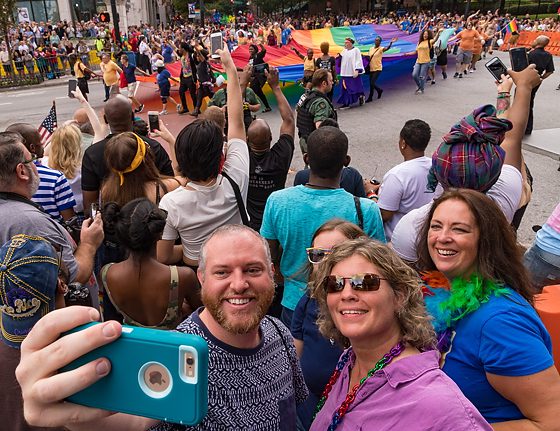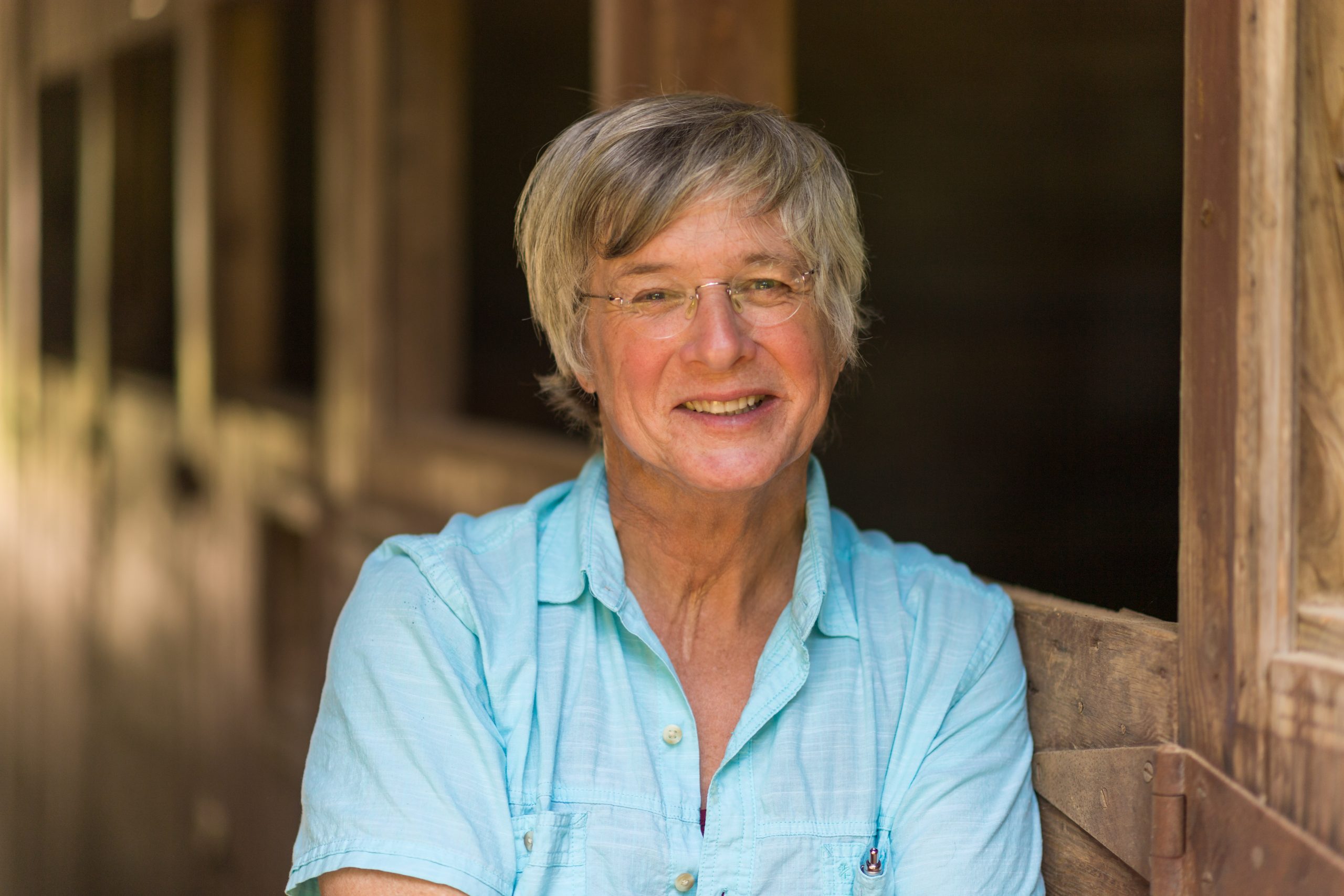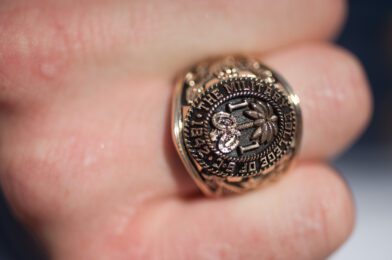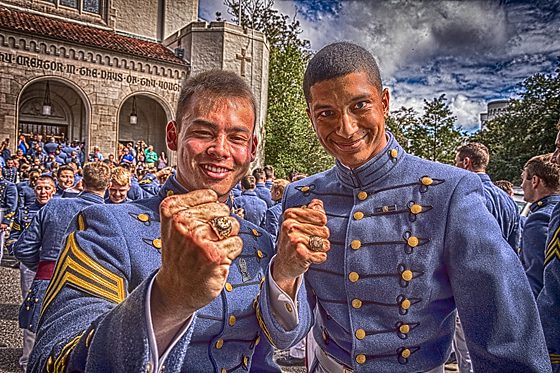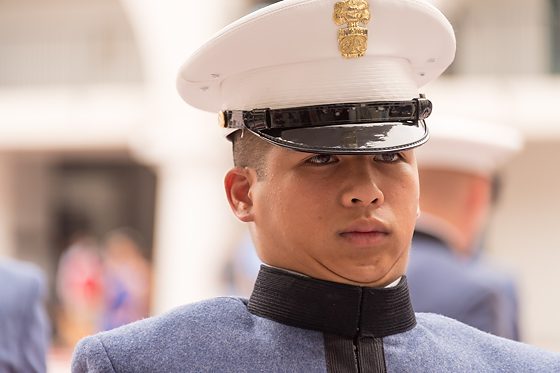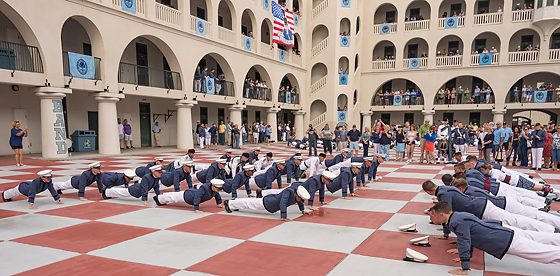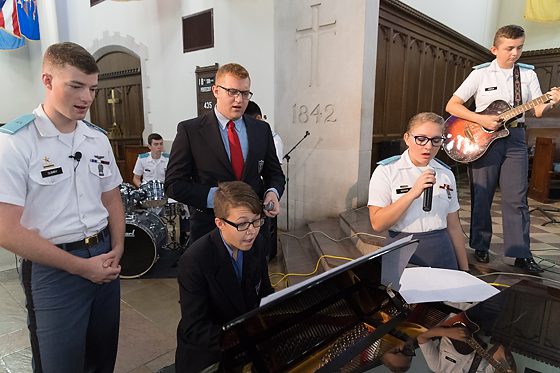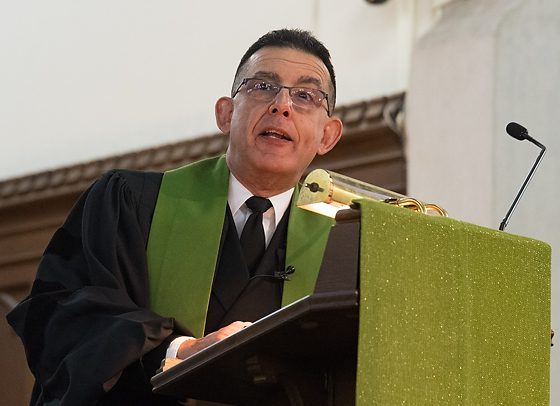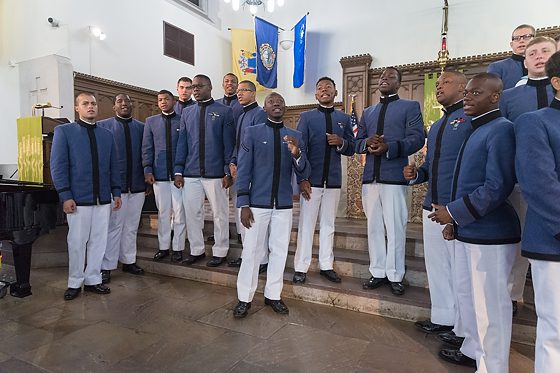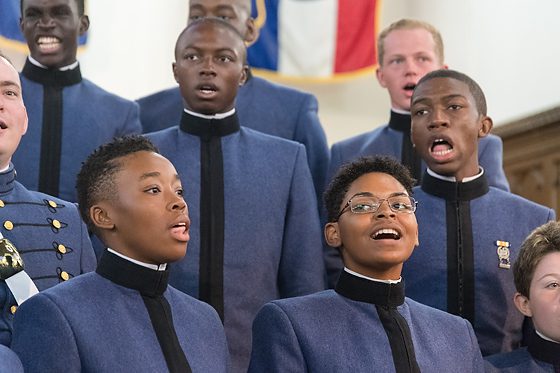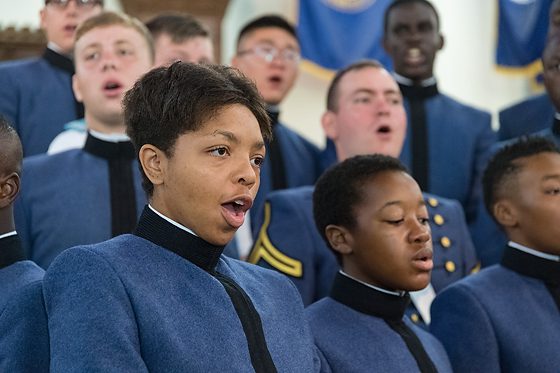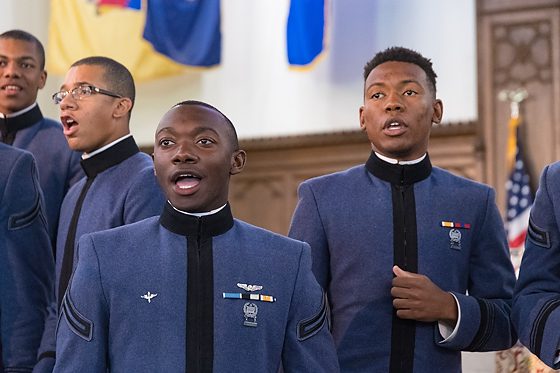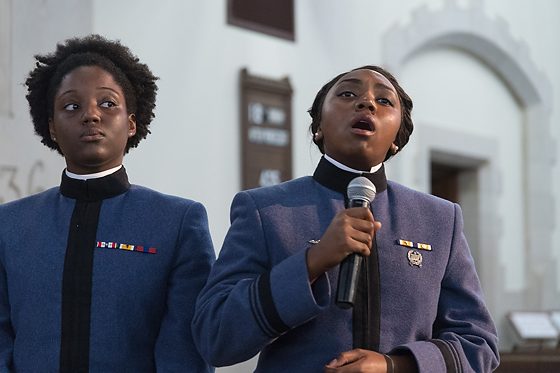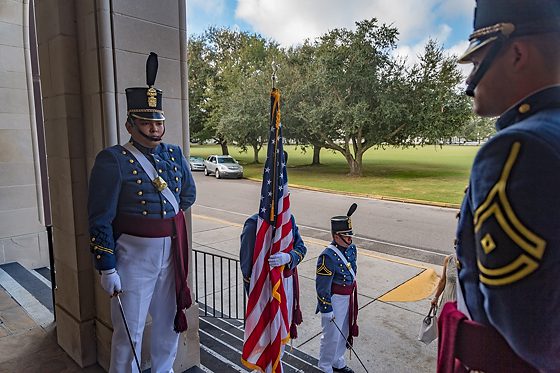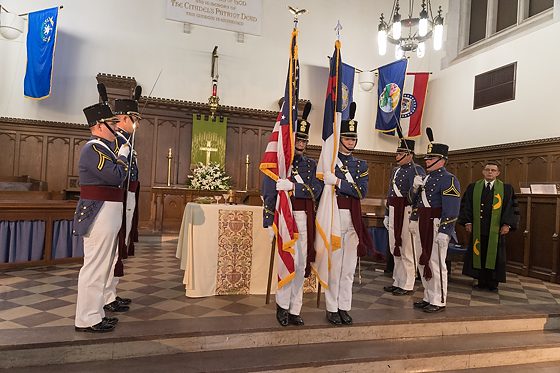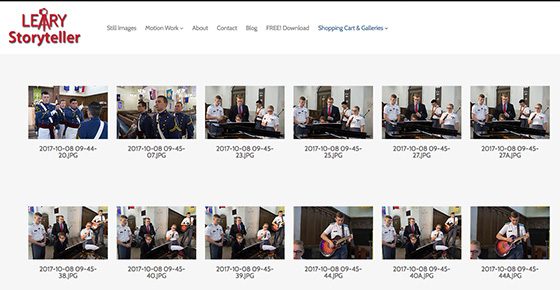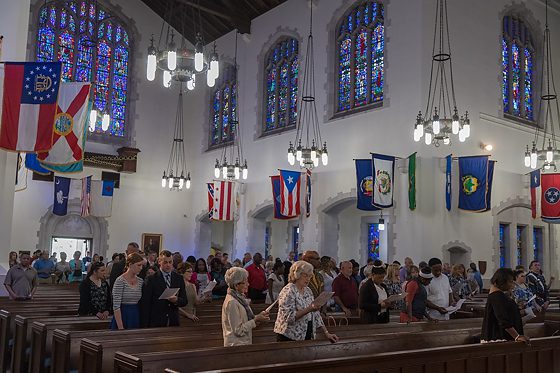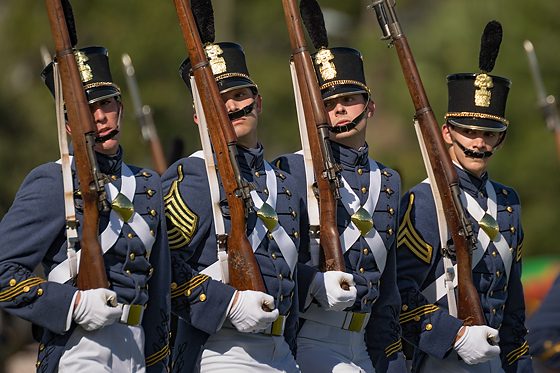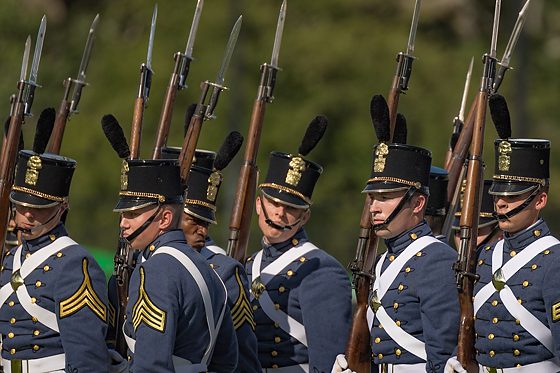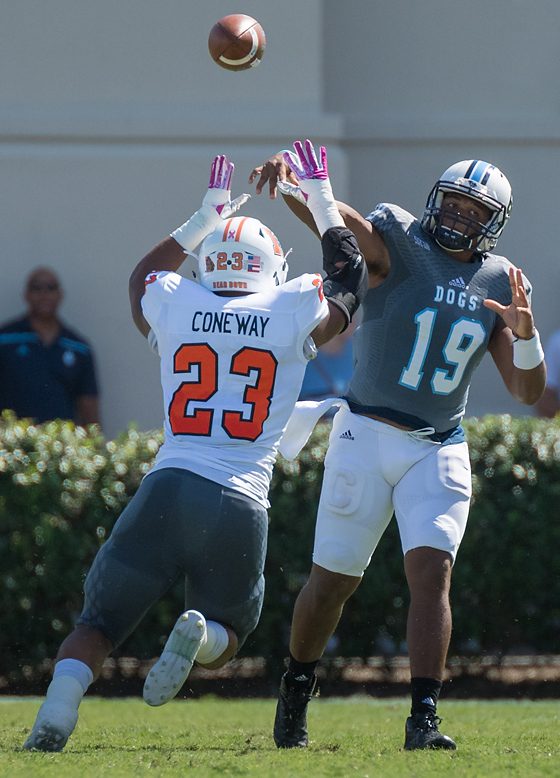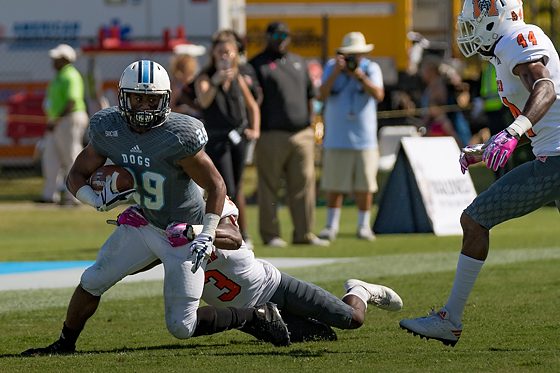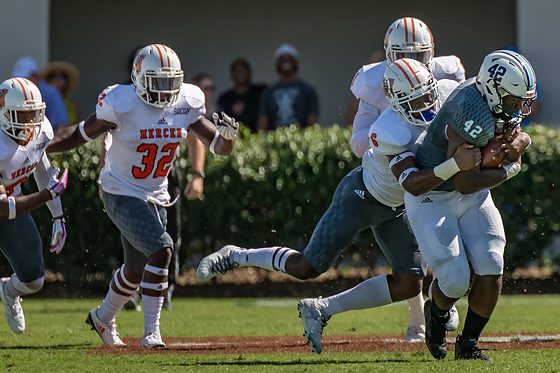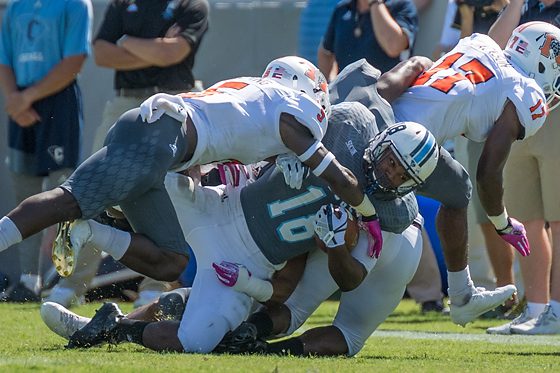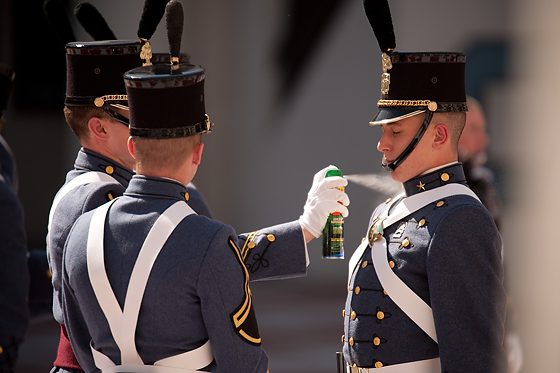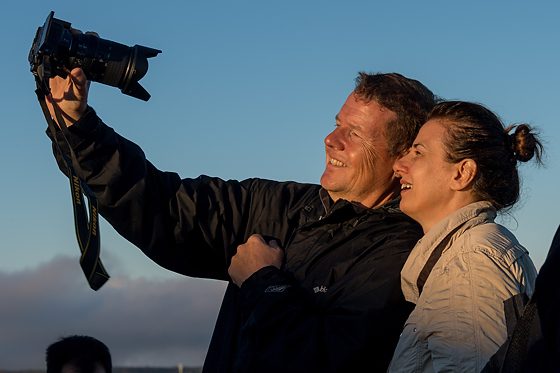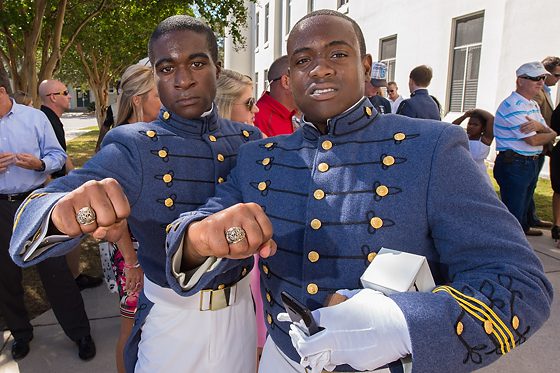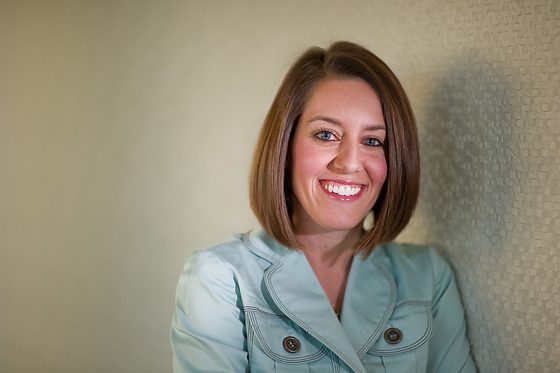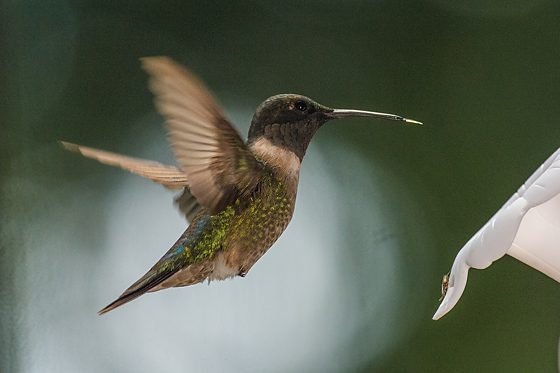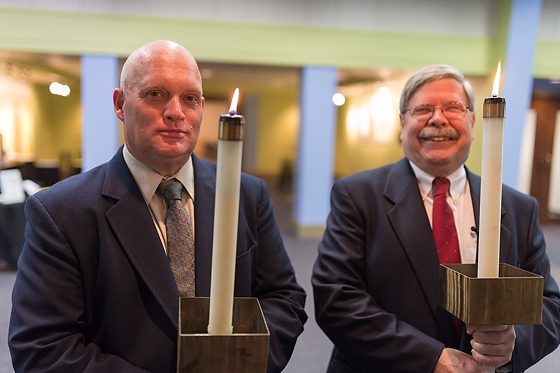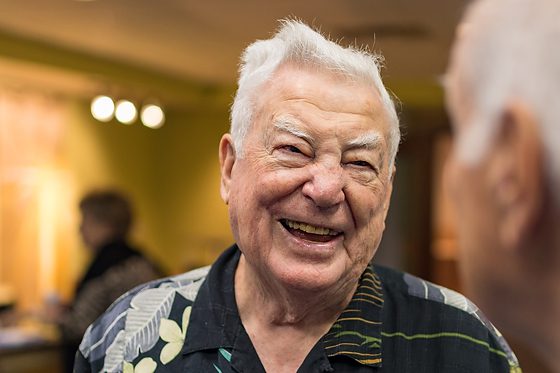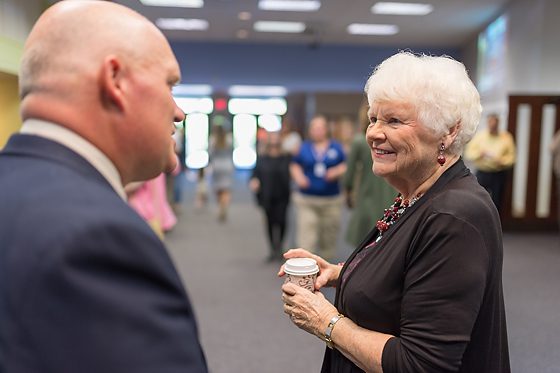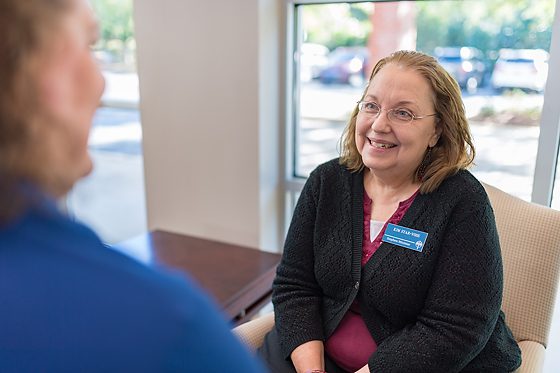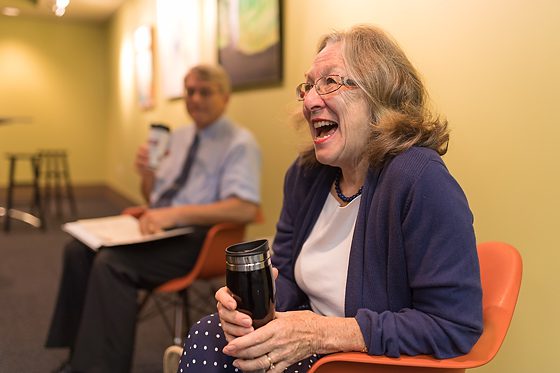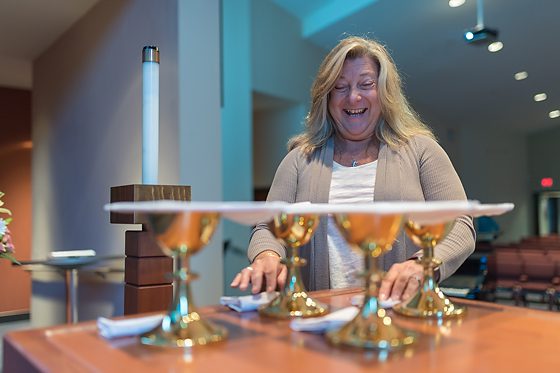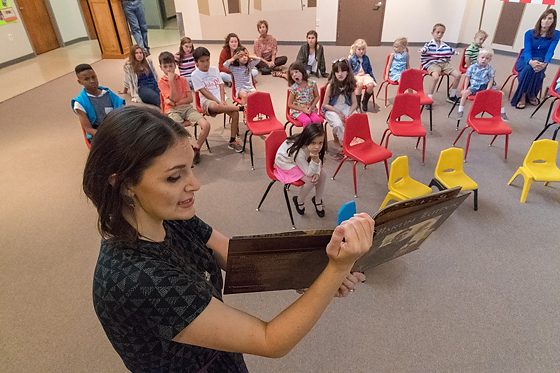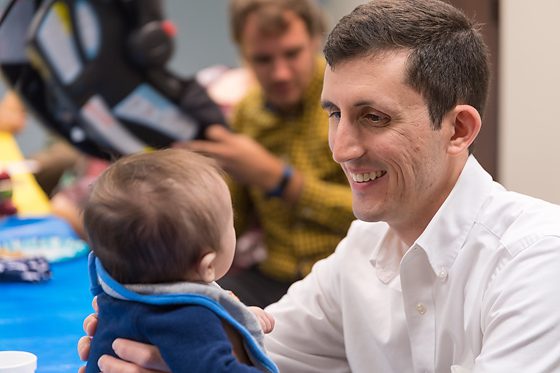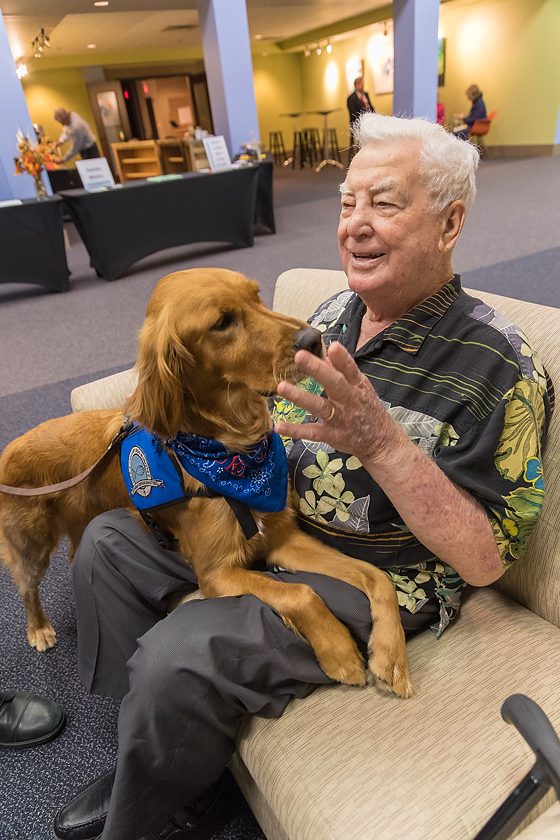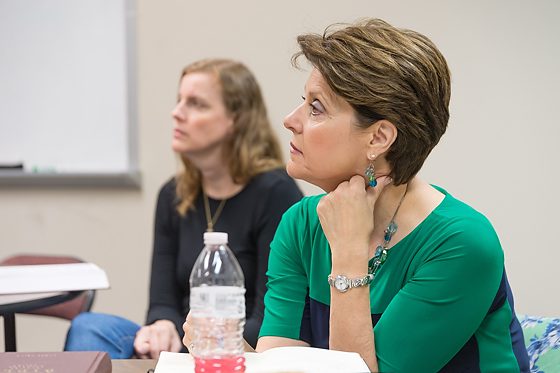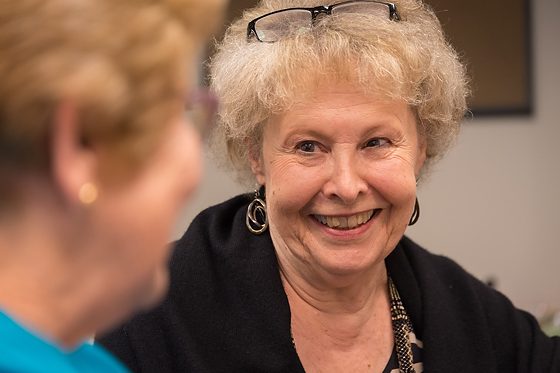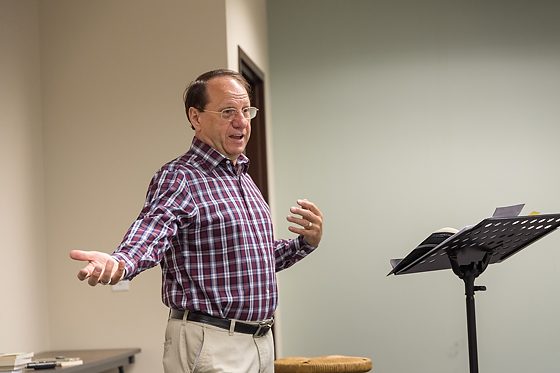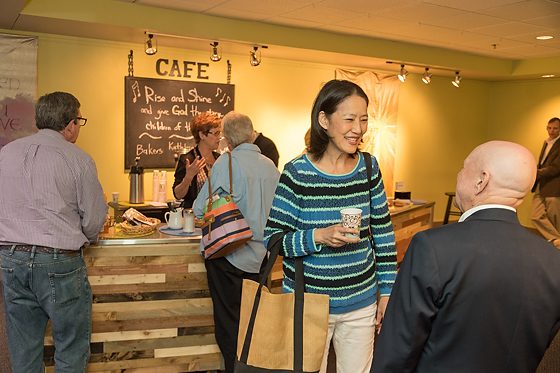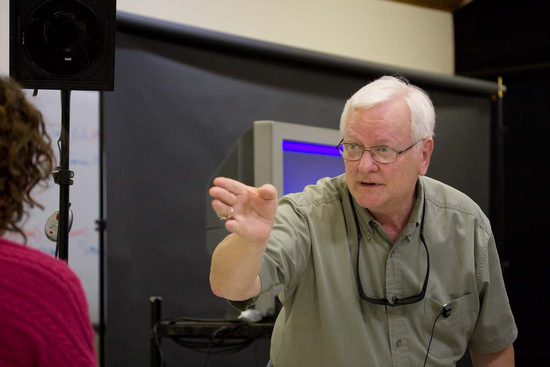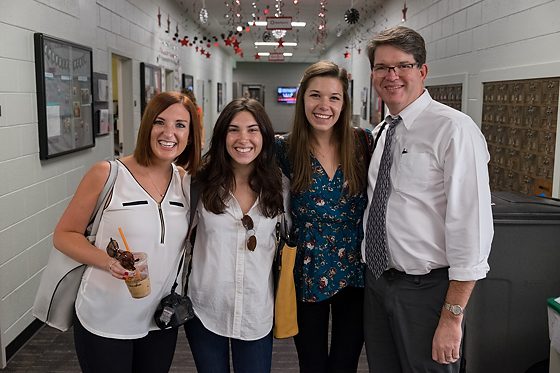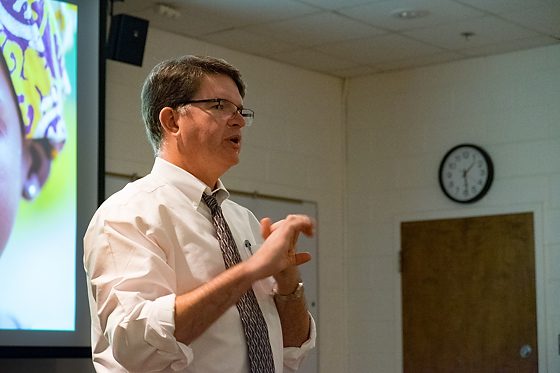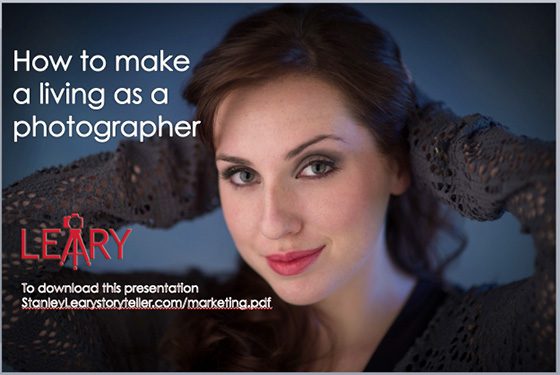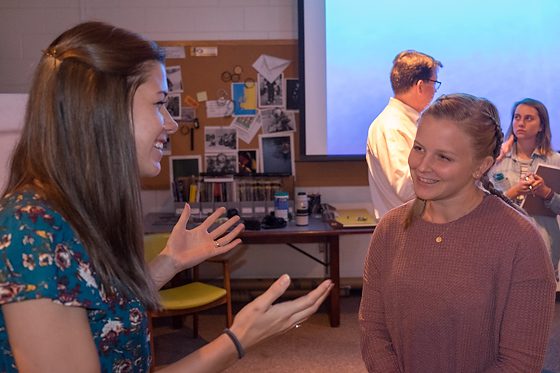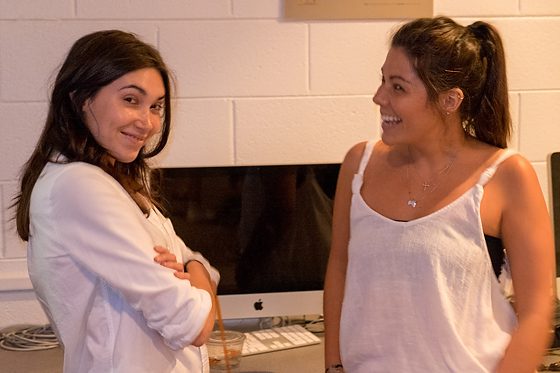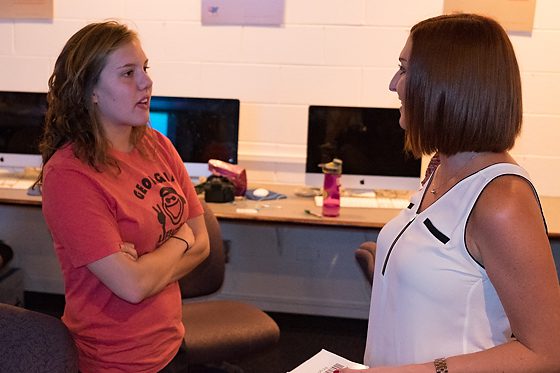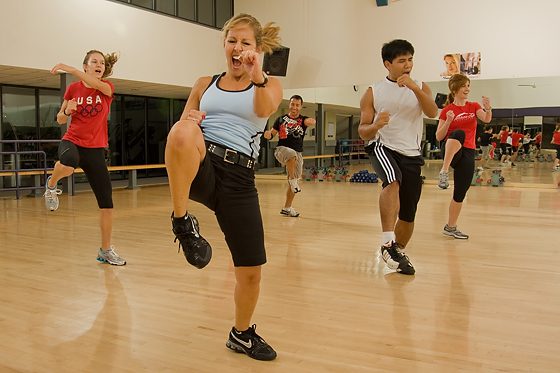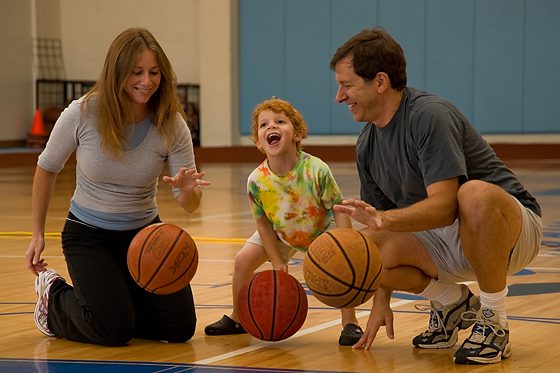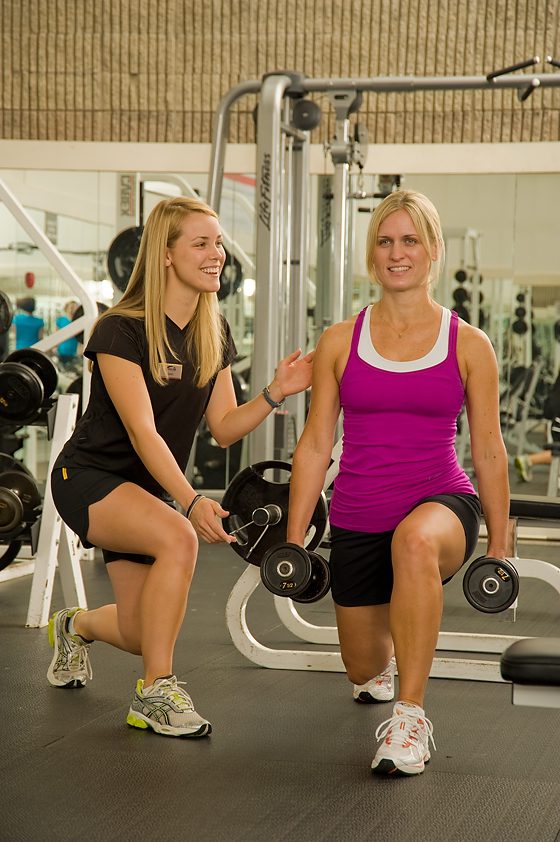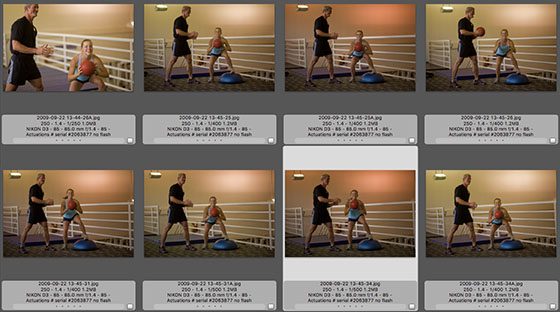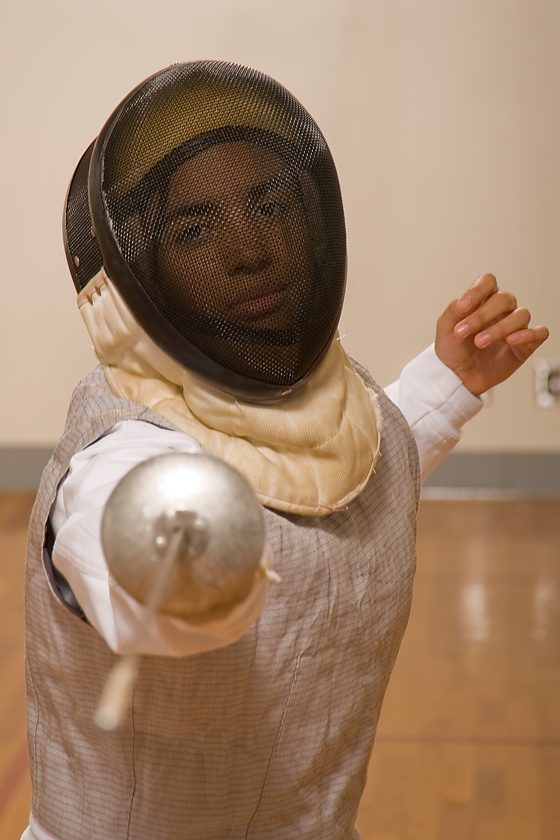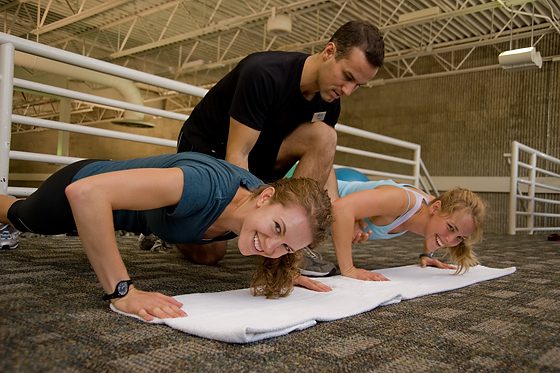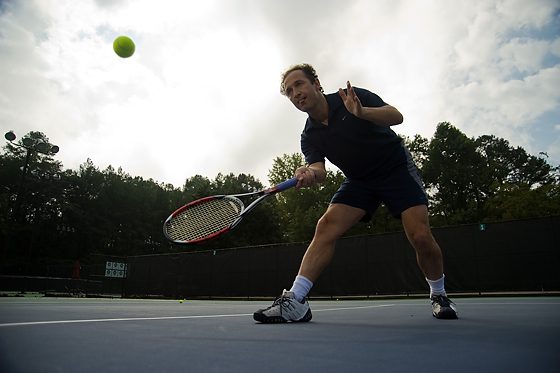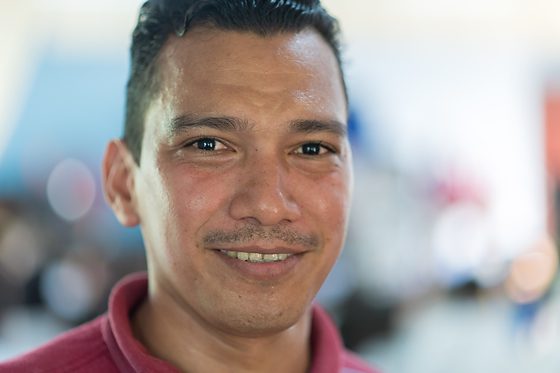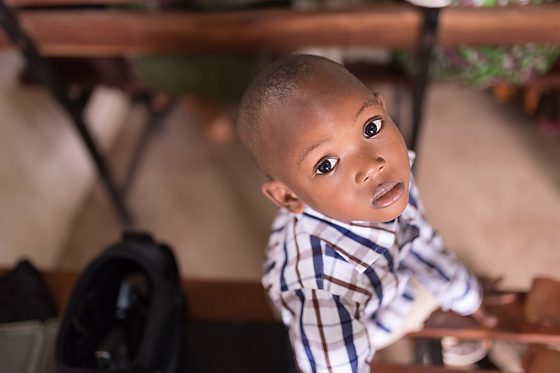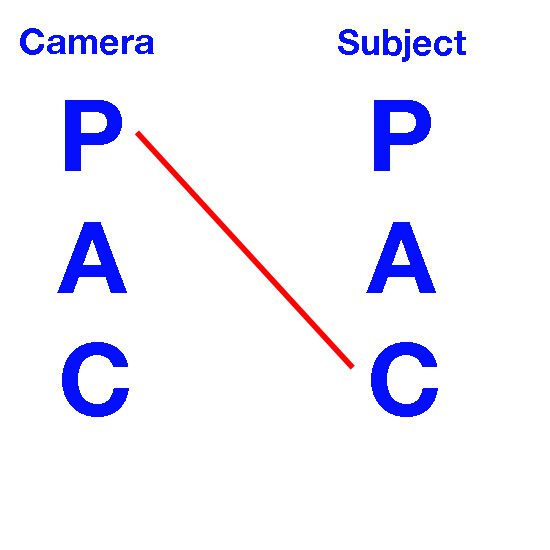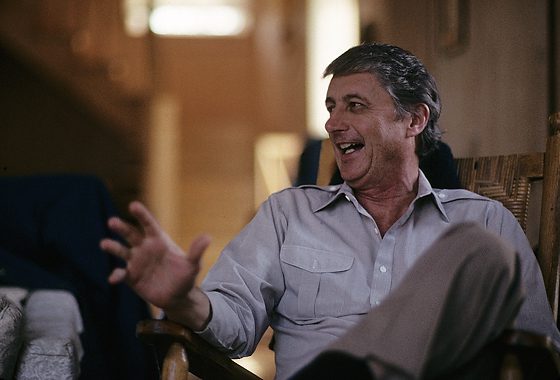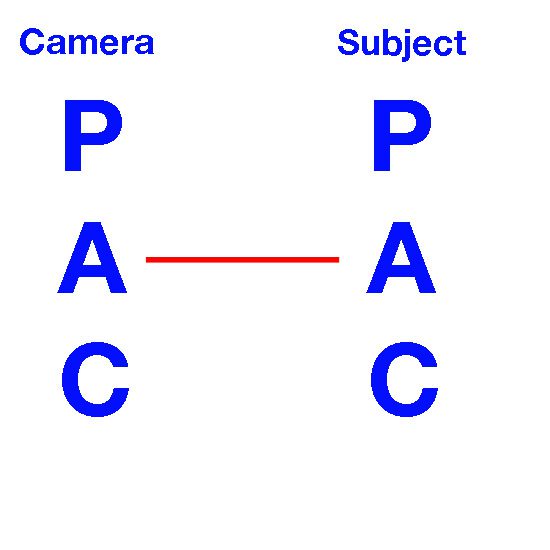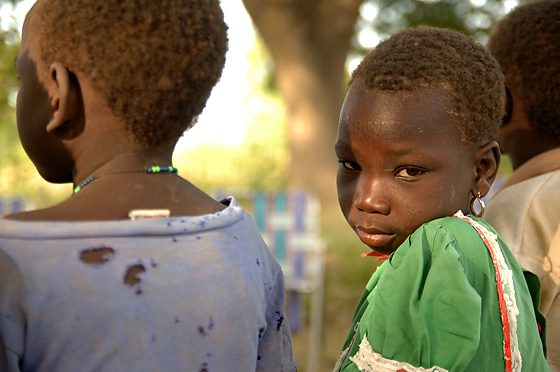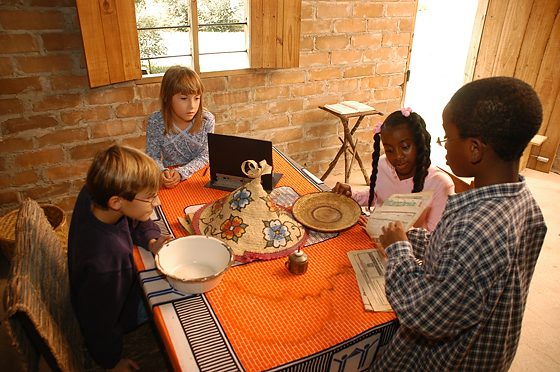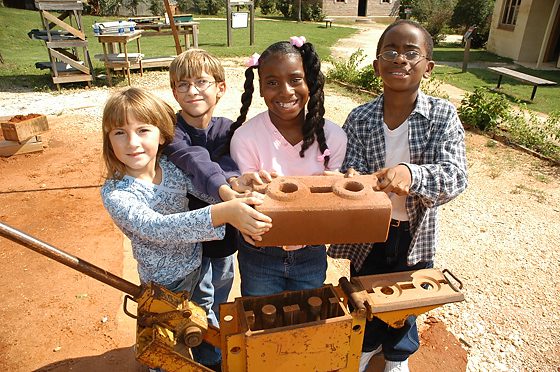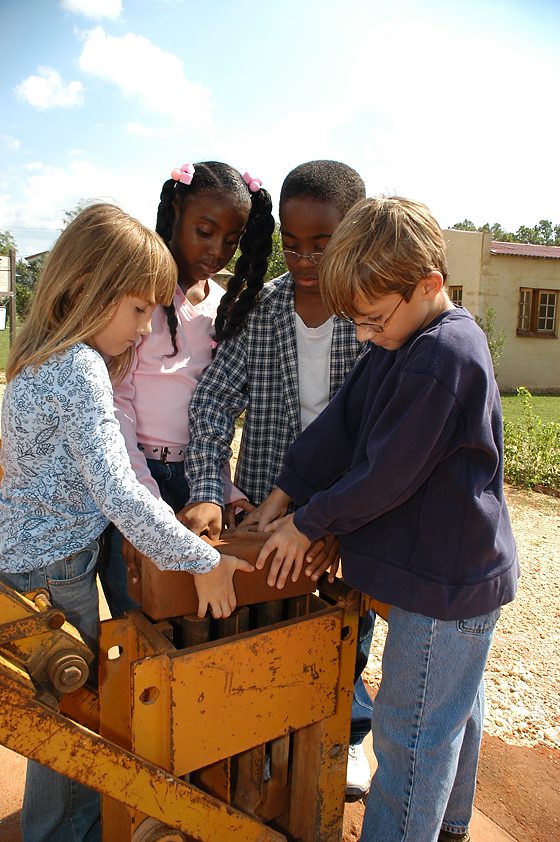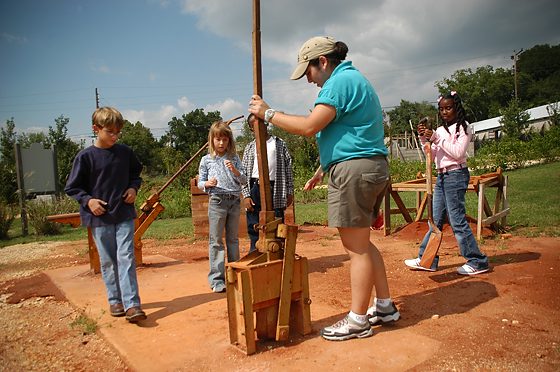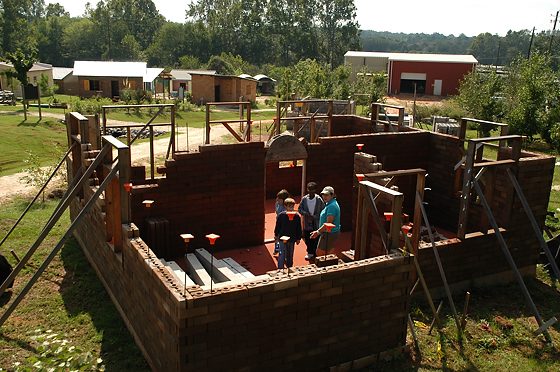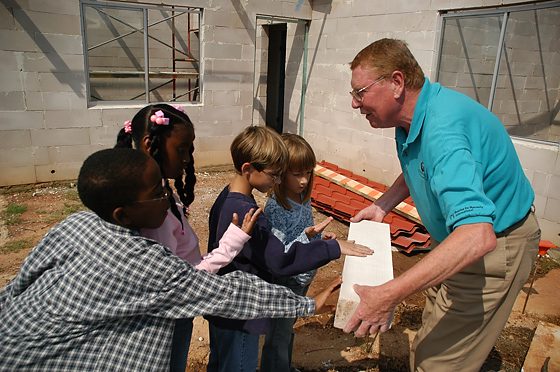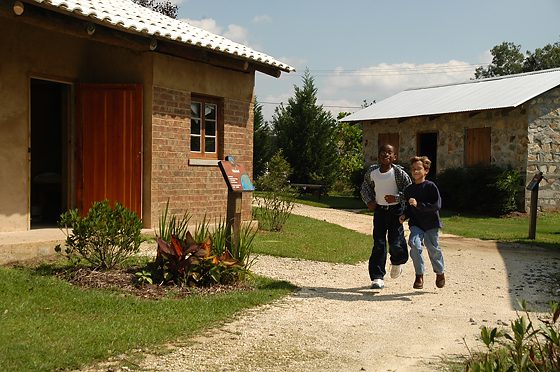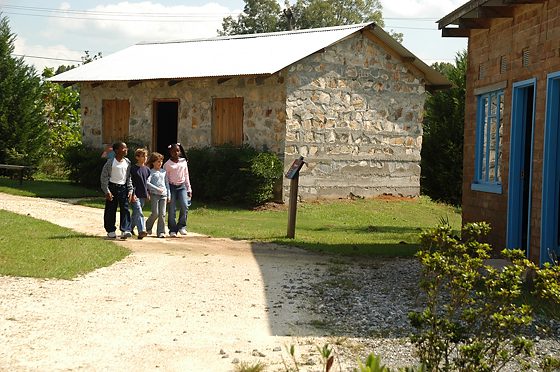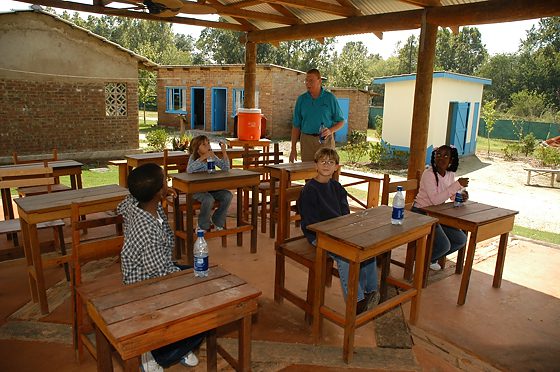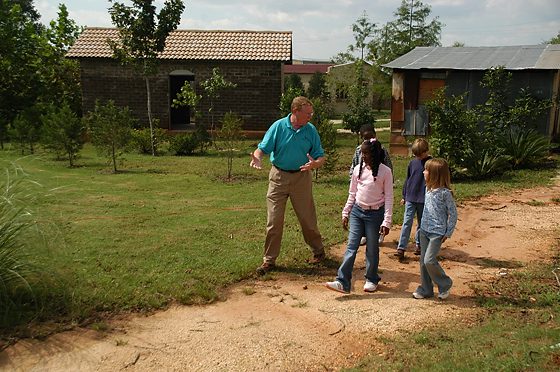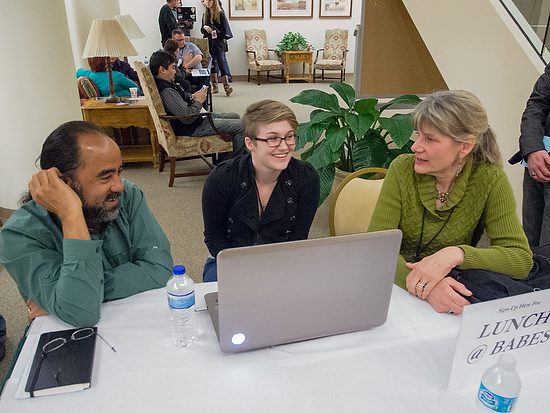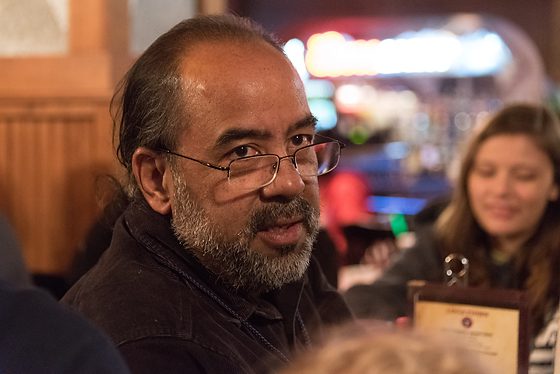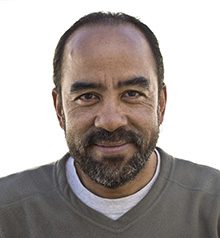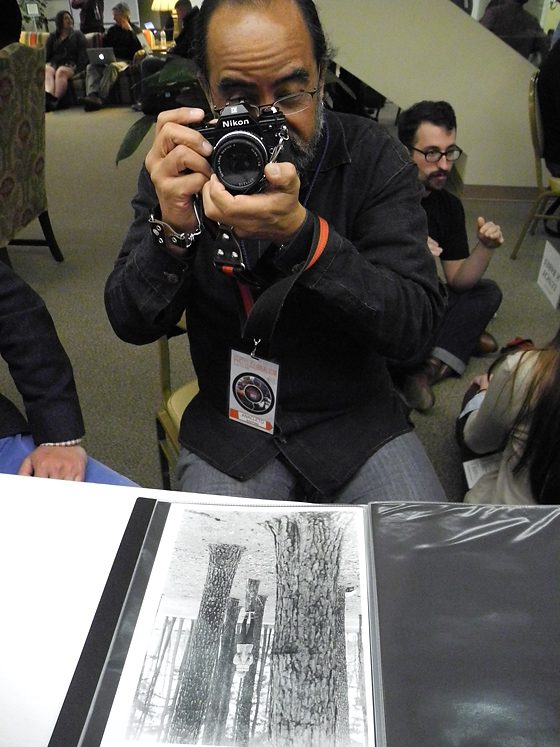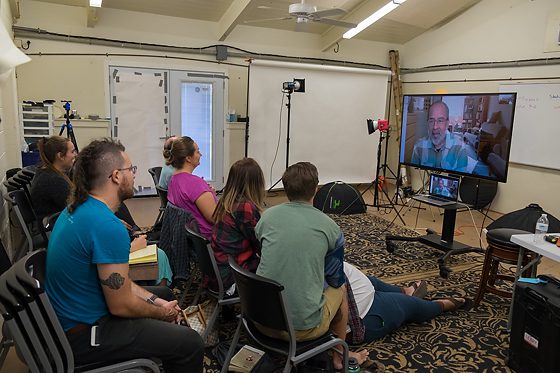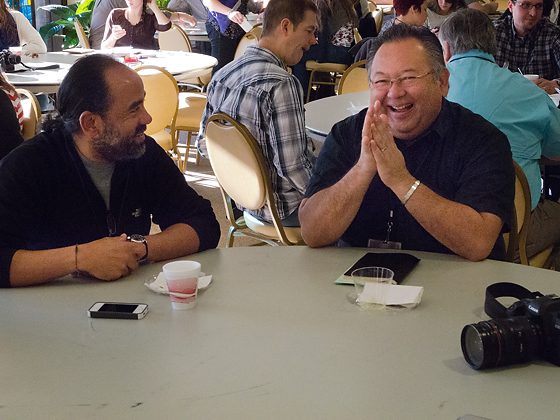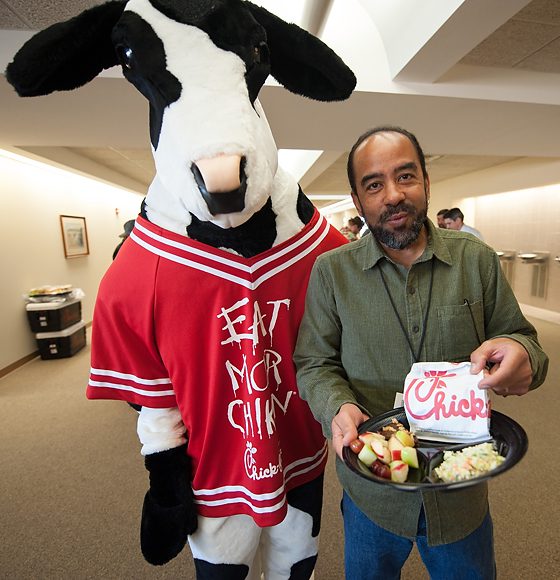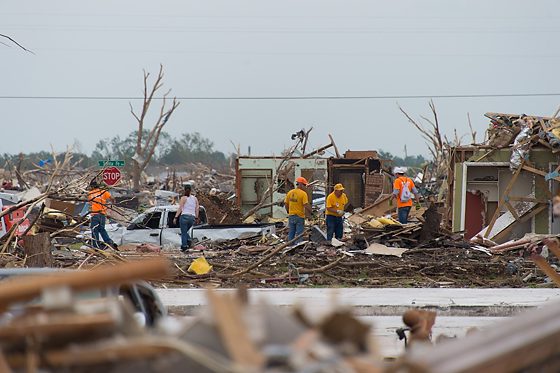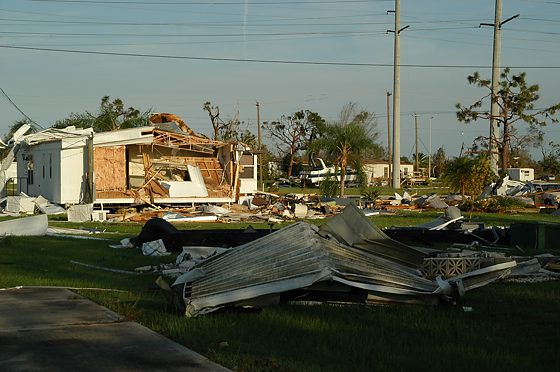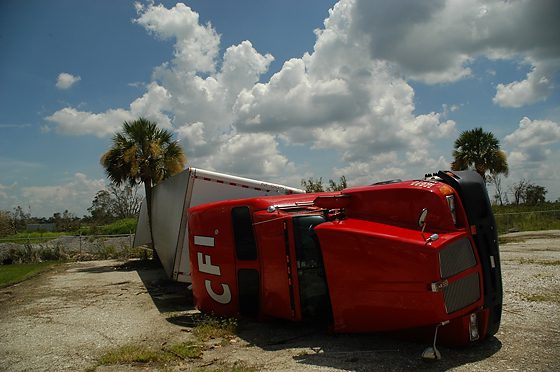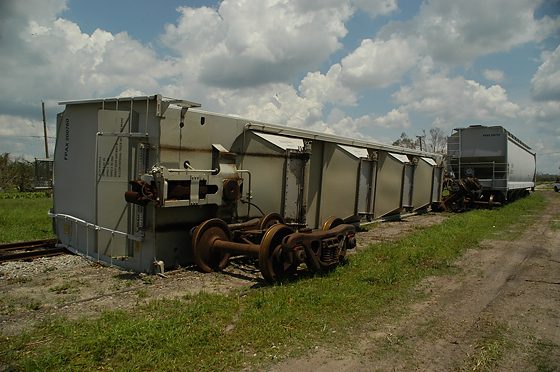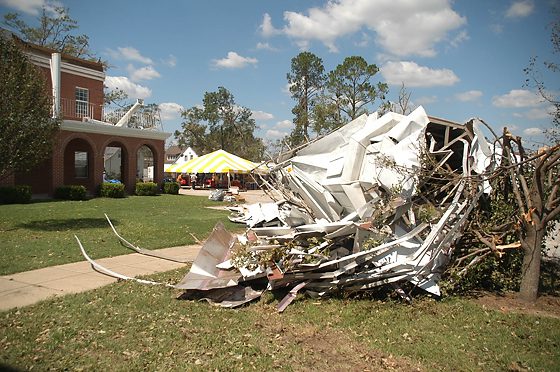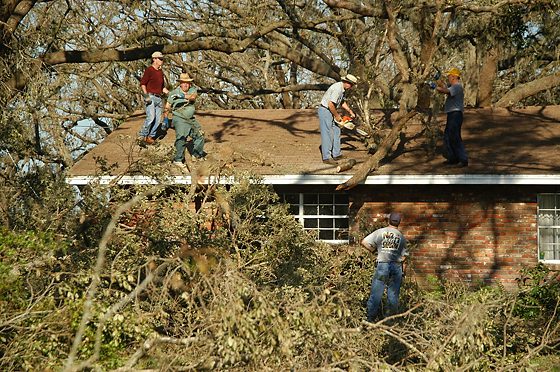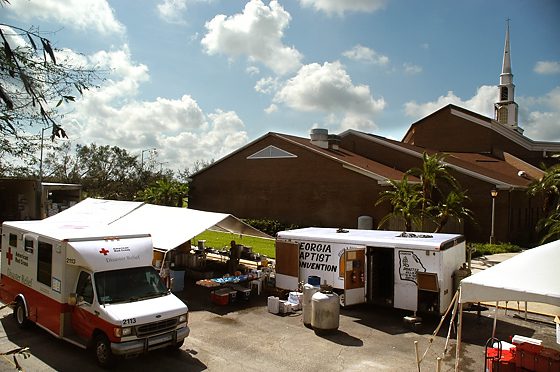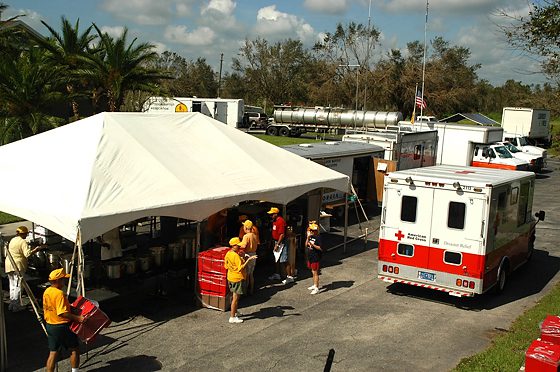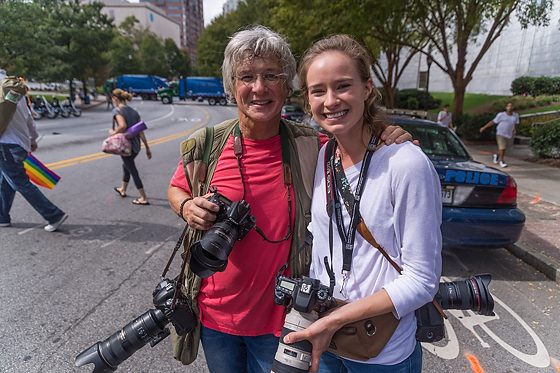
Robin Nelson encouraged me for years to cover the Atlanta Pride Parade.
Each year UGA’s Photojournalism students are asked by their teacher Mark Johnson to shadow a working professional photojournalist. Kayla Renie contacted Robin to follow her shooting. Robin suggested she follow her at the Atlanta Pride Parade.
The mission of the Atlanta Pride Committee is to advance unity, visibility, and wellness among persons with widely diverse gender and sexual identities through cultural, social, political, and educational programs and activities.
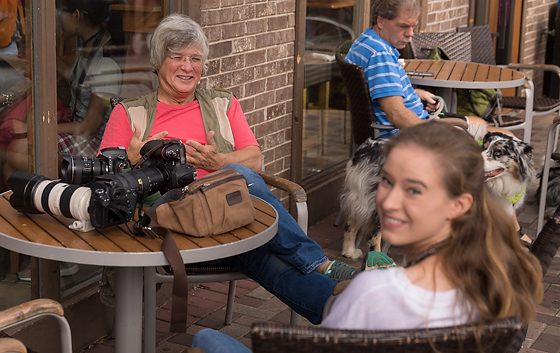
Kayla did her interview on the front end of the coverage since Robin would have to leave for another engagement before the parade was done.

Things get confrontational when the parade hits the intersection of 10th Street and Piedmont. A “Christian” group stood at the street corner holding signs denouncing not just the LGBTQ community but Muslims, Women who work outside the home, and the list went on and on.

What interested me was how the “Christian” group would pick people out and start yelling at them. All based on what they perceived as a person deserving condemnation.

I put the “Christian” group in quotes because this created a great deal of tension in my gut. Robin approached me at one point and asked if covering something like this can give you PTSD [Post Traumatic Stress Disorder] from covering an event.
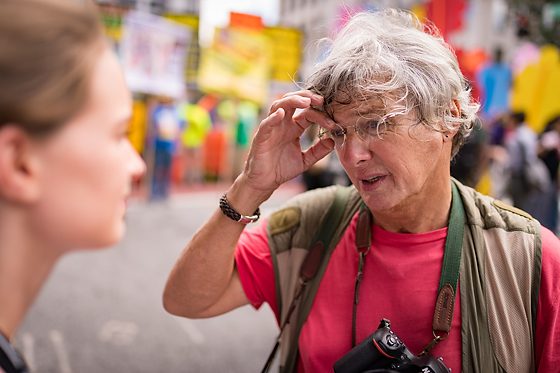
According to the Dart Center for Journalism & Trauma, “Journalists frequently bear witness to human suffering whether covering mass disasters or individual atrocities; however, little is known regarding the impact of such exposure on the well-being of journalists. Researchers in the field of traumatic stress are only beginning to examine the toll this line of work may have on the health of journalists.”
“Research suggests that 80-100% of journalists have been exposed to a work-related traumatic event.”
When a protestor gets in the journalist’s face and starts to yell, this can be very traumatic. If the journalists feel they are in physical danger, this can trigger a traumatic experience that the brain has difficulty processing.
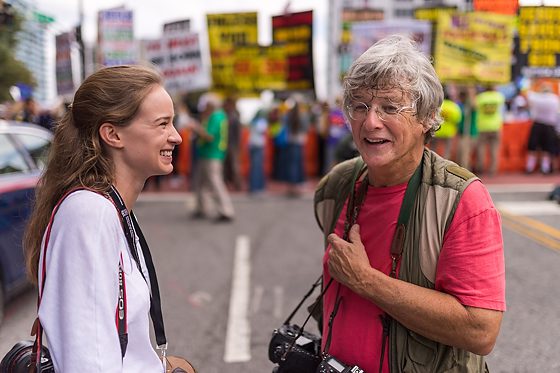
I watched as Kayla and Robin took moments to talk to each other to process all they were seeing, hearing, and most of all feeling from covering such an event.
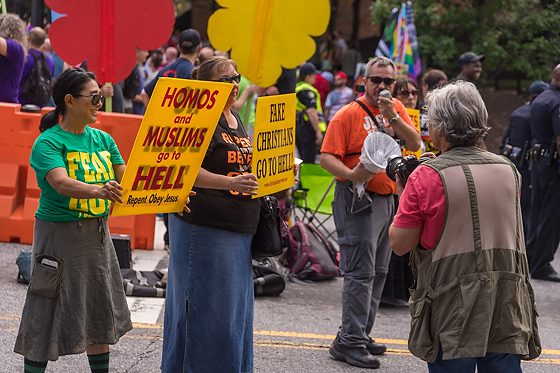
According to research on PTSD reported by the Dart Center, you can have a personal experience with work-related stressors such as experiencing Aggression, Intimidation, or Moral Injury.
The hardest part for Robin, Kayla, and even me today was that each of us is professing Christians who disagreed with the tactics of this “Christian” group. It was running opposite our beliefs of how to act as a Christian.

Other Christians have felt this way and created signs that reflect a different position and declare that all those in the Atlanta Pride events could also be Christians.
Each of those polar opposite groups believed that the others were wrong and right.
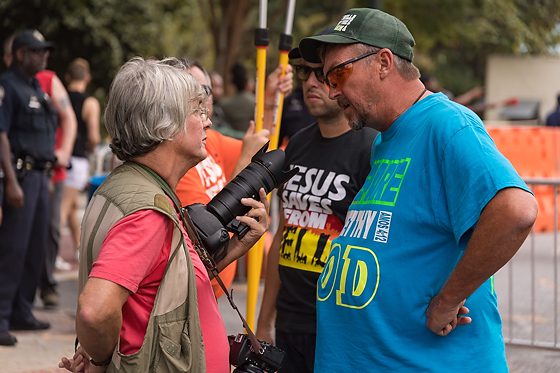
This man confronts Robin, saying he wasn’t part of their group. This is when Robin wanted a friendly conversation and said, “I am a born-again believer as well.” I think the photo reveals the posturing that was happening between them. One wanted dialogue, and one wanted just to judge.
So how does a person cover an event as a “journalist” when they have all these feelings? How do you protect something when you may pick one of the sides personally because of your belief system?

This was what Robin was trying to teach Kayla that day as she shadowed Robin. Robin has been able to bring her faith into her work and not leave it behind. She believes that everyone is God’s child. This means everyone deserves to be treated with honor, dignity, and respect, even when wearing a strange outfit.
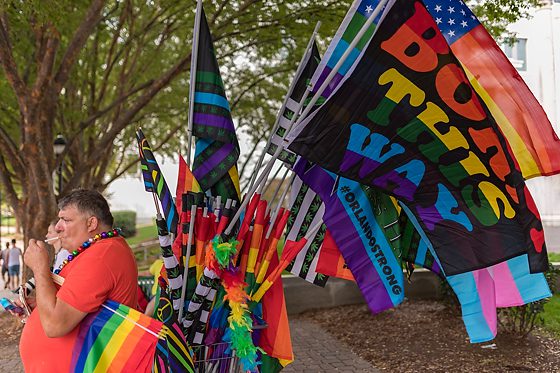
As a journalist, you do all you can to be sure you let both sides be represented in the coverage. If you are aware of your bias and acknowledge it, you have a better chance of overcoming the bias.
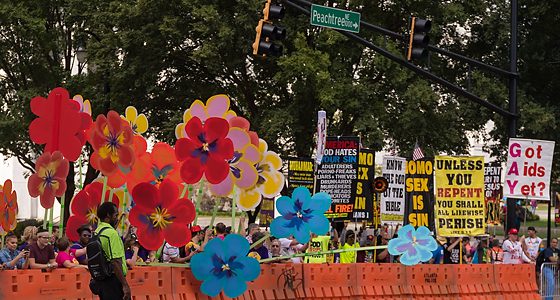
This photo was as close as I came to showing both sides. The “Christian” Group was first on the corner, and then you could hear the crowd roar as a group carrying Pansies came down the sidewalk.

They called themselves the Pansy Patrol. They had whistles to blow and these giant pansies on sticks. Their mission was to block as many of the “Christian” group’s protest banners and make enough noise to drown them out with their whistles.

Still, some chose to be more aggressive to the “Christians.”

They not only confronted the group but took selfies in front of their banners, mocking them on social media.
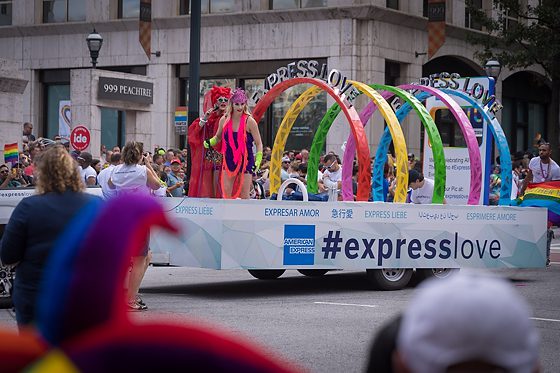
When you are at an event like Atlanta’s Pride Weekend, where hundreds of thousands of people are expected to attend the parade, which ends at Piedmont Park, you have to be able to cover the event for your news outlet. You also have not editorialized your coverage to be more of an activist with a plan about the event.
If you want to do this, you may find a job with an organization that fits your beliefs and do social activism, but don’t consider this the same as journalism.

Robin told me that the Atlanta Pride Parade had become more commercial than in the early years. I saw many corporations participating in the parade.
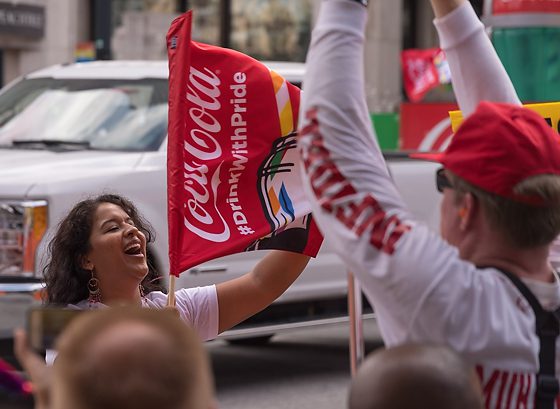
Each company had its #hashtag and was there to let everyone know they supported the LGBTQ community. I included them in my photos to show how the corporate community supported the event.
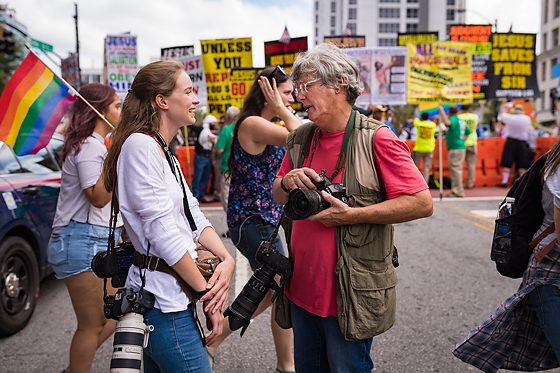
While it was a tough assignment for Kayla to jump into with all the emotions surrounding the Atlanta Pride event, I think she enjoyed watching a professional photojournalist like Robin do her job and be able to ask her questions to help her understand how she might have to cover something outside her comfort zone in the future as a photojournalist herself.

Robin and I were impressed with Kayla’s eagerness to learn and how well she interacted with people throughout the day.
35 By this everyone will know that you are my disciples, if you love one another.”
John 13:35
